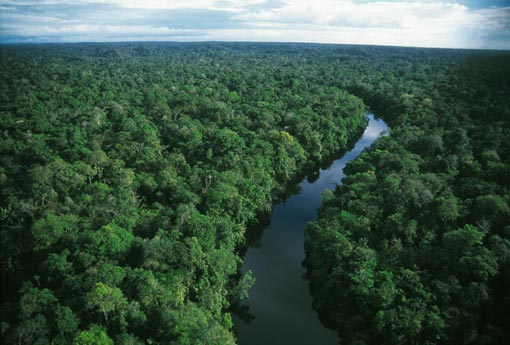Forest protection in Brazil received an important boost this month as the Green Climate Fund (GCF) at its 22nd Board meeting approved the first results-based payments for so-called “REDD+” activities.

REDD+ stands for “reducing emissions from deforestation and forest degradation, conservation and sustainable management of forests and enhancement of forest carbon stocks” and refers to a policy framework under the UN Framework Convention on Climate Change (UNFCCC) designed to provide payments to developing countries for keeping their forests rather than converting them to plantations or grazing land.
Reducing deforestation, responsible for up to 11% of global greenhouse gas emissions, is crucial for the international community to achieve its goal under the Paris Climate Change Agreement to keep the global average temperature rise to as close as possible to 1.5 degrees Celsius.
Following the Warsaw Framework for REDD+ adopted at the UN Climate Change Conference COP19, Brazil is the first country to voluntary submit and have a forest reference emission level technical assessed and also the first country to submit REDD-plus results in a technical annex to the Biennial Update Report (BUR) for technical analysis and now the first country to receive results-based payments from the Green Climate Fund.
The allocation of $96 million for emission reductions achieved for the period 2014-2015 is part of the GCF piloting of REDD+ results-based payments. The funding will be used by Brazil to pilot an environmental service incentive programme for conservation and recovery of native vegetation (known as “Floresta+”) and for strengthening the implementation of Brazil’s REDD-plus strategy, all contributing to the achievement of Brazil’s national climate action plan (“Nationally Determined Contribution”, or “NDC”).
Brazil’s forest reference emission level, technical assessment report, results and links to the national REDD-plus strategy and summary of safeguards information can all be found at the Lima REDD+ Information Hub.
